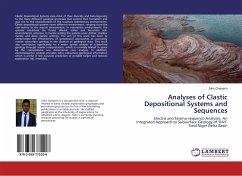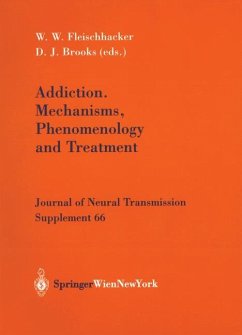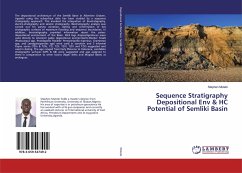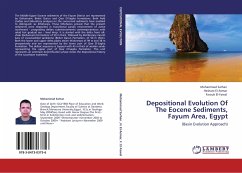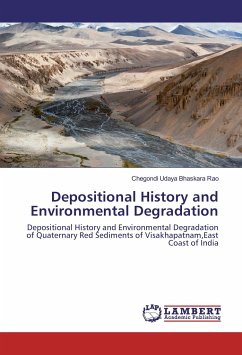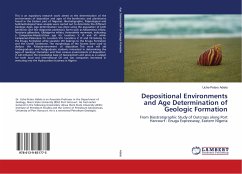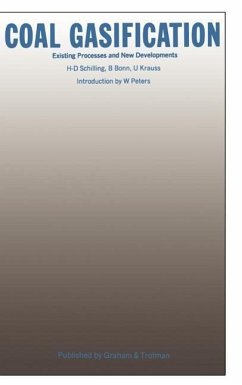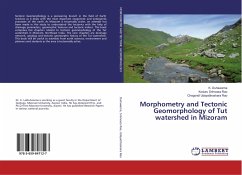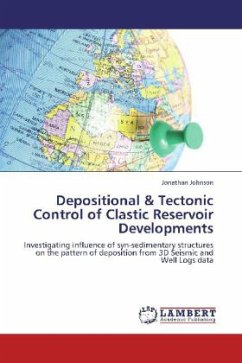
Depositional & Tectonic Control of Clastic Reservoir Developments
Investigating influence of syn-sedimentary structures on the pattern of deposition from 3D Seismic and Well Logs data
Versandkostenfrei!
Versandfertig in 6-10 Tagen
32,99 €
inkl. MwSt.

PAYBACK Punkte
16 °P sammeln!
In this research, the influence of internal syn-sedimentary structures on the pattern of deposition and distributions of deltaic clastic reservoir deposits in the Tomboy Field Area, offshore Nigeria is investigated using seismic modeling attributes (deposit thickness, root mean square (RMS) and maximum amplitude, structural contours, time slices, reflection intensity) and well logs. Seven fault modeled surfaces created from mapped seismic horizons in Agbada Formation were depth converted with pseudo interval velocities generated from layer cake velocity model to analyze the effects of structur...
In this research, the influence of internal syn-sedimentary structures on the pattern of deposition and distributions of deltaic clastic reservoir deposits in the Tomboy Field Area, offshore Nigeria is investigated using seismic modeling attributes (deposit thickness, root mean square (RMS) and maximum amplitude, structural contours, time slices, reflection intensity) and well logs. Seven fault modeled surfaces created from mapped seismic horizons in Agbada Formation were depth converted with pseudo interval velocities generated from layer cake velocity model to analyze the effects of structural deformations on depositional pattern.As analyzed from root mean square (RMS) and maximum amplitude, higher amplitudes occurs mostly at the roll over structures at the downthrown side of fault F3, F1 and synthetic faults F7. Analysis shows that the sedimentary fills are mainly channel fills, distributaries channel fill, tidal channel and point bar, stacked vertically with an upward coarsening sequence which are generally blocky, cylindrical shaped, with sharp contact at the top and base to the shale interval.



